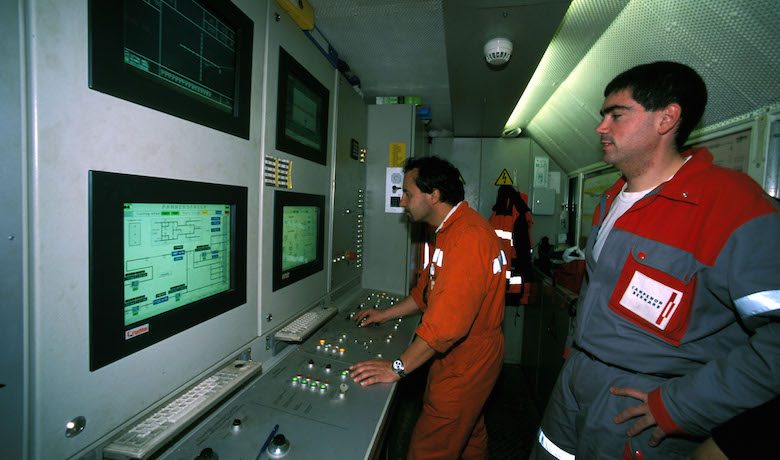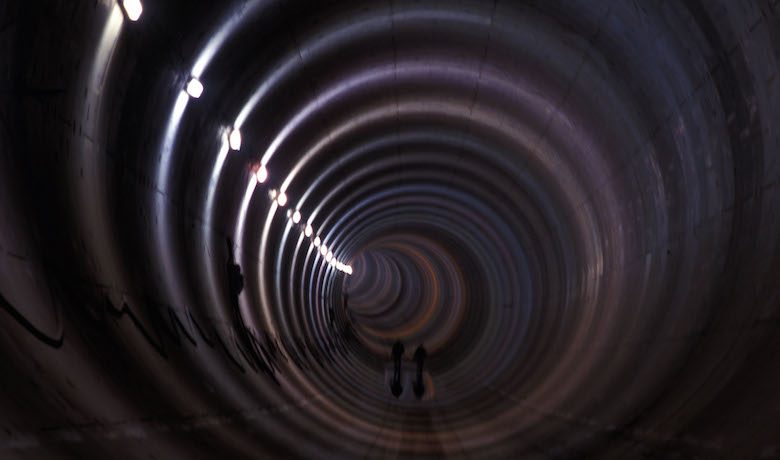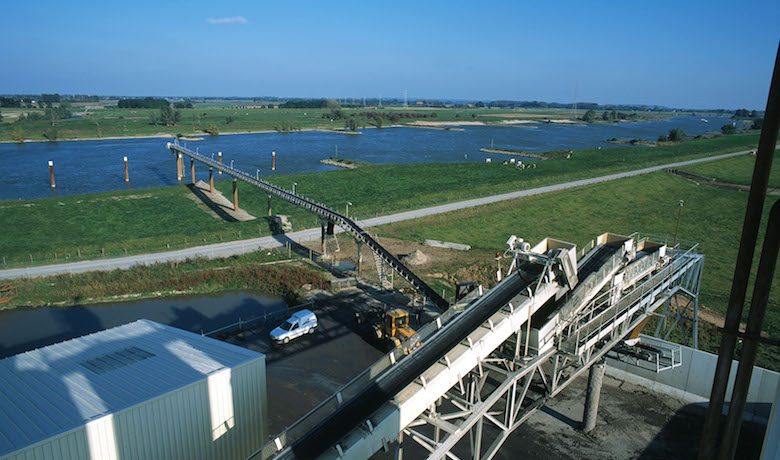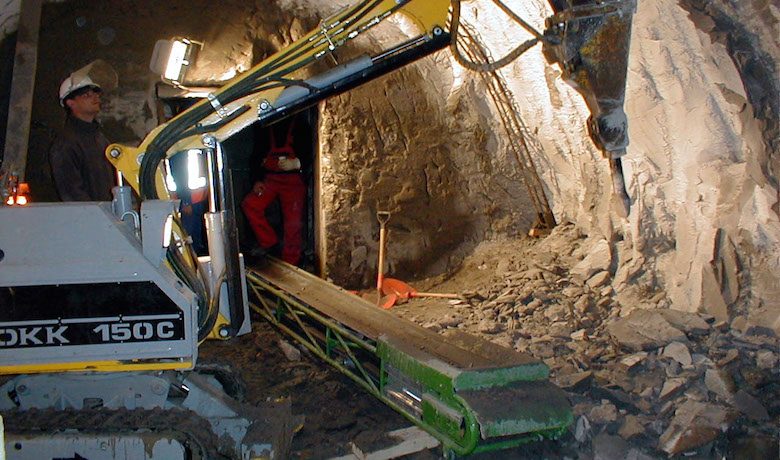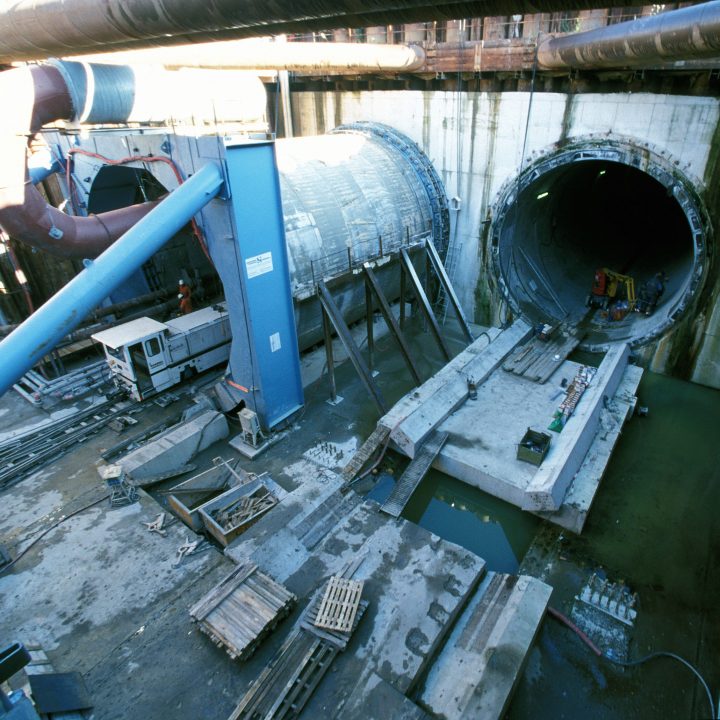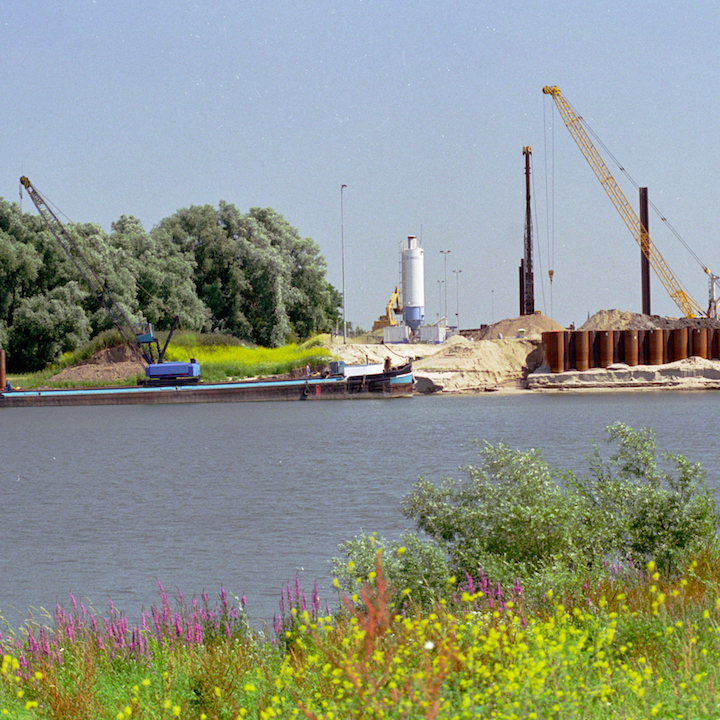TECHNICAL OVERVIEW
The tunnel is located between the breakwaters of the Pannerdensch Canal. The passageway that runs under each breakwater includes a technical building designed to accommodate the tunnel’s technical equipment and vertical gates that can be lowered to ensure watertight conditions in the event of an emergency. On the eastern bank of the Canal, excavation operations had to take into account a former sand pit extending deep into the ground.
The tunnels were bored using a slurry shield TBM 9.5 metres in diameter. One of the difficulties was crossing under the Canal with only five metres of overhead coverage and, as a result, extremely careful monitoring of the confinement pressure. This reduced gap enabled us to optimise the length of the tunnel as a whole given slope restrictions for rail traffic.
At their deepest point, the tunnels are equipped with a pumping system that is connected to the surface by a cylindrical shaft (roughly 25 linear metres) which was created using the cutting method from the natural ground down.
Given the high water level, 18 construction cofferdams were deployed. They consisted of provisional sheet piling, highly resistant piles, and immersion concrete. Construction began with the driving of the sheet piling. The piles were then driven from ground level. The piles were made from precast prestressed concrete with steel ground anchors for the deepest parts.
The main concrete structure was erected in two stages of 25-metre cycles. The first stage was to create the foundation slab and the second, to build the walls and roof in a single pouring operation using a cooling system. Construction was completed by backfilling the cofferdam, removing the sheet piling, and carrying out finishing work. In the deepest cofferdams, steel fibres were added to the immersed concrete for greater resistance to water pressure. In the event of concrete cracking, the steel fibres bend and create resilient elastic joints.
The bored tunnel consists of reinforced concrete ring segments 1.8 metres long placed sequentially by the TBM. The segments were prefabricated in a manufacturing plant in Germany, about 100 kilometres from the worksite.


